Study finds rates of LDV fuel consumption in US peaked in 2004; indications of peak motorization
Green Car Congress
NOVEMBER 16, 2013
Based on the present data, his best estimates of the current annual fuel-consumption rates are: 398 gallons (1,507 liters) per person, 585 gallons (2,214 liters) per licensed driver, 1,033 gallons (3,910 liters) per household, and 530 gallons (2,006 liters) per registered vehicle. Fuel consumed per person. 2003 to 2004. -13%








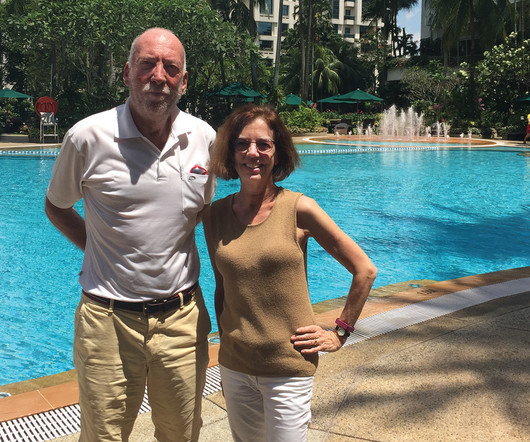




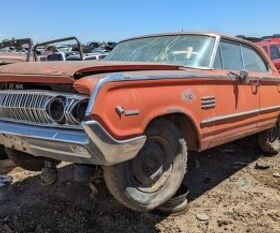
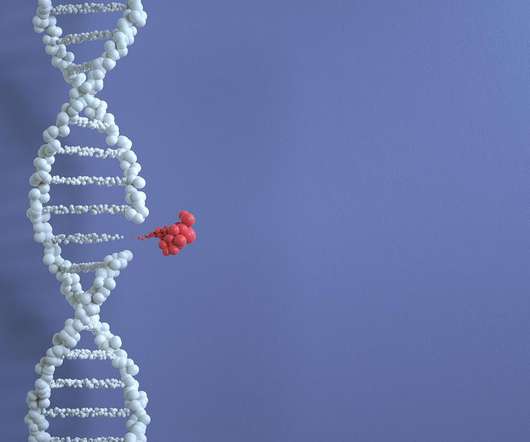

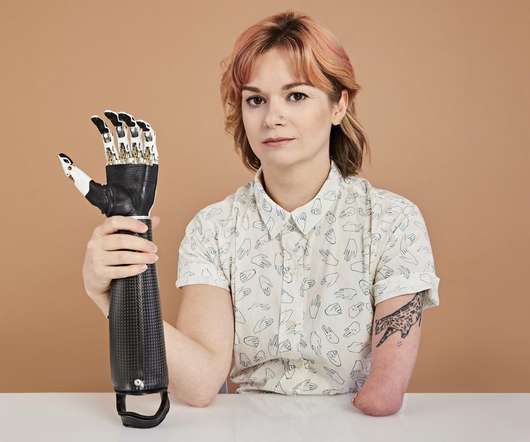


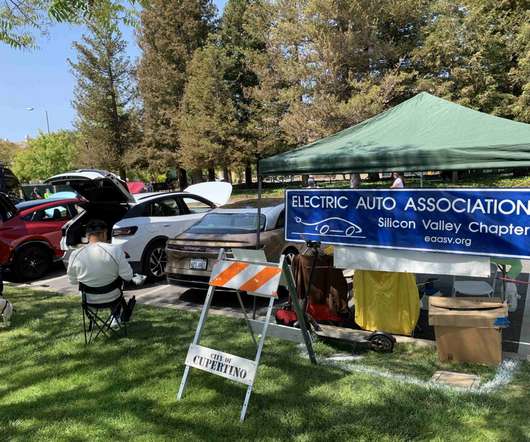



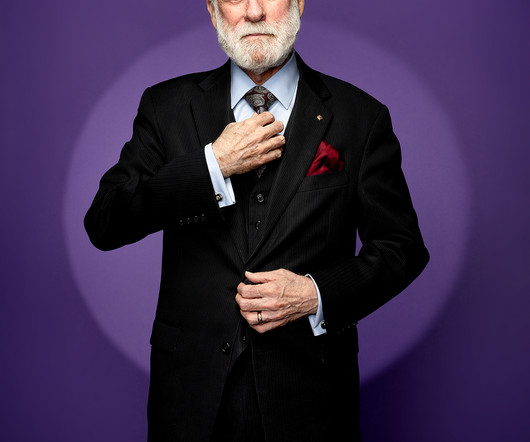
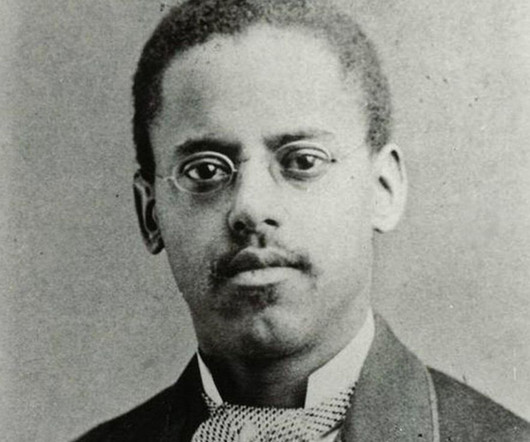

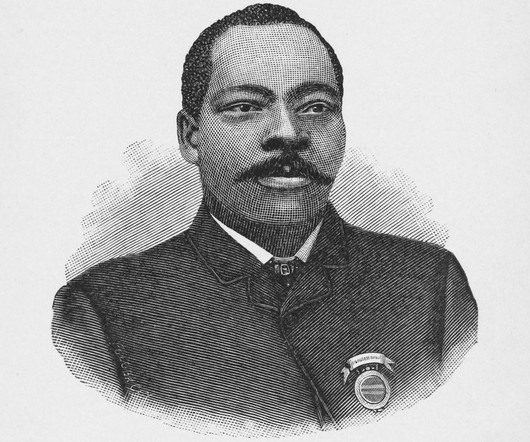
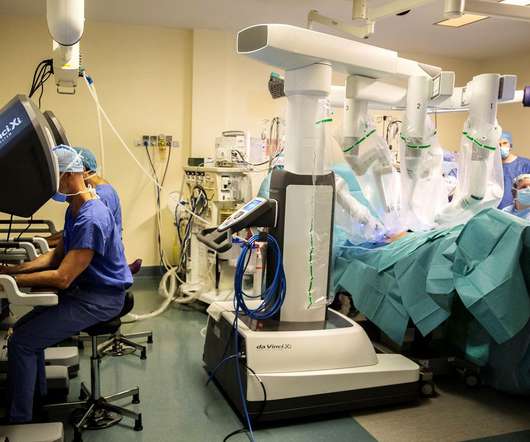

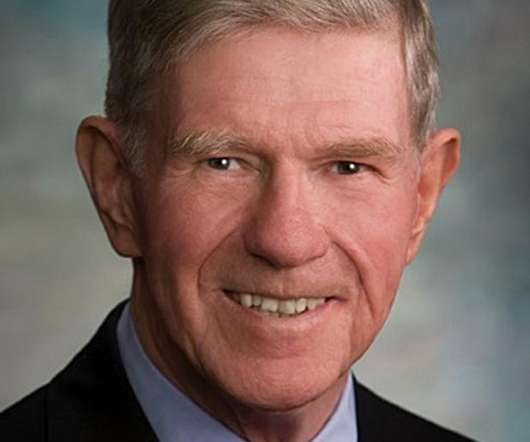


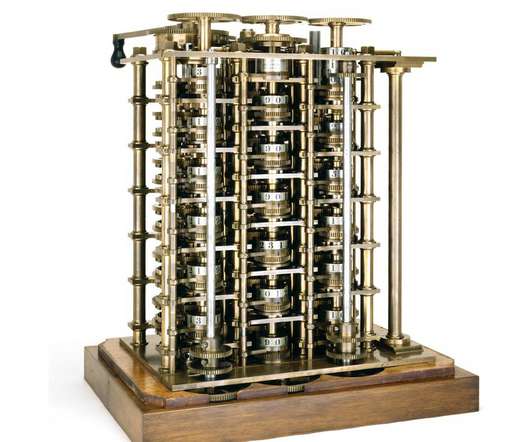






Let's personalize your content